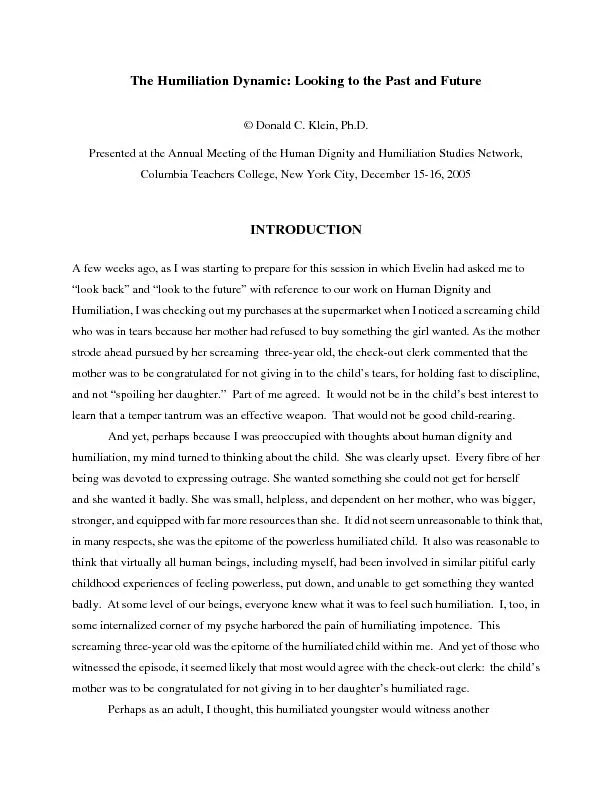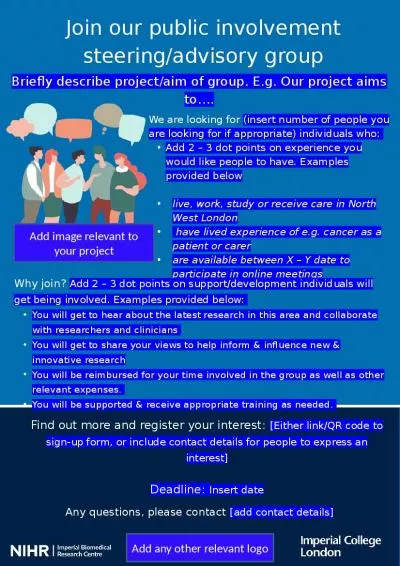PPT-Looking under the streetlight?
Author : briana-ranney | Published Date : 2017-11-09
Understanding delays and TB transmission Nim Arinaminpathy Imperial College London IDM Symposium 20 Apr 2017 Tuberculosis today 2 An estimated 96 million cases
Presentation Embed Code
Download Presentation
Download Presentation The PPT/PDF document "Looking under the streetlight?" is the property of its rightful owner. Permission is granted to download and print the materials on this website for personal, non-commercial use only, and to display it on your personal computer provided you do not modify the materials and that you retain all copyright notices contained in the materials. By downloading content from our website, you accept the terms of this agreement.
Looking under the streetlight?: Transcript
Download Rules Of Document
"Looking under the streetlight?"The content belongs to its owner. You may download and print it for personal use, without modification, and keep all copyright notices. By downloading, you agree to these terms.
Related Documents














